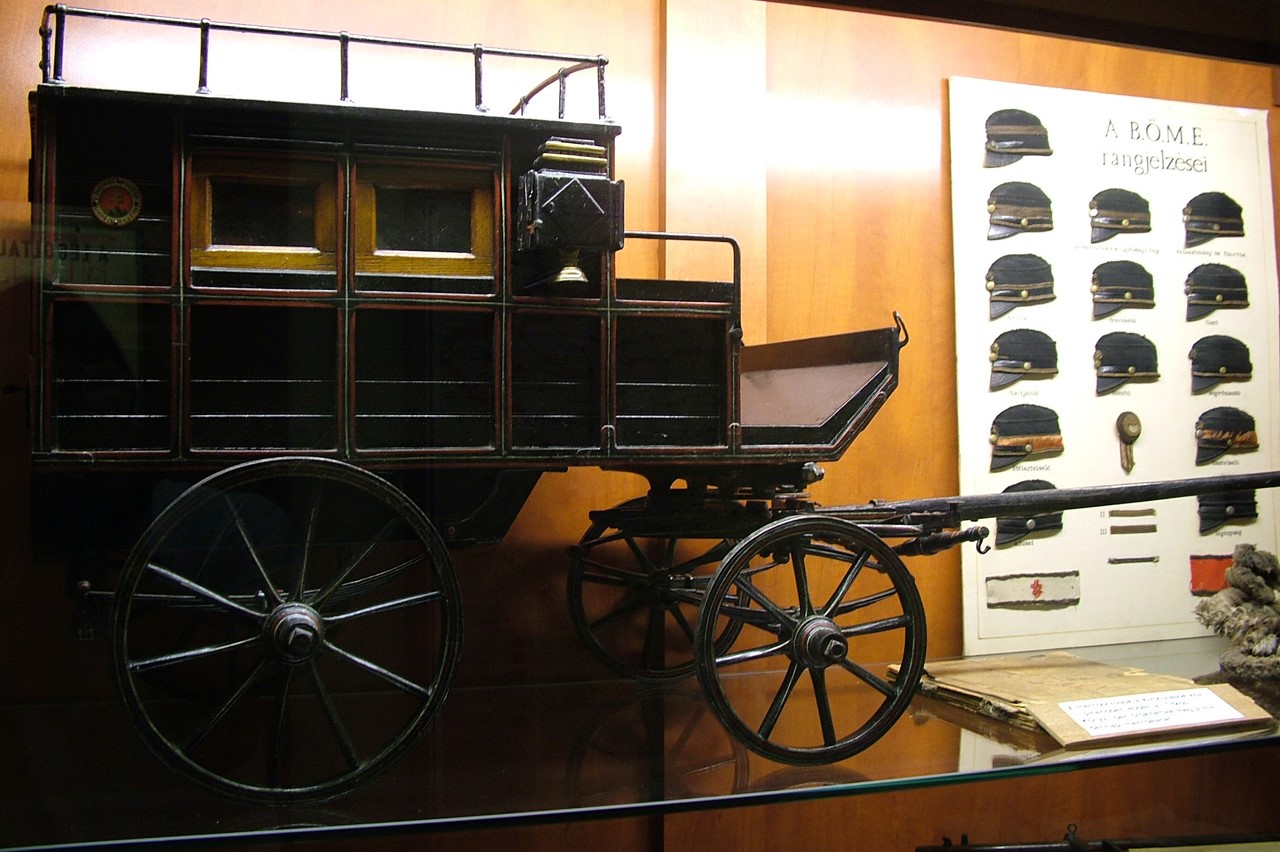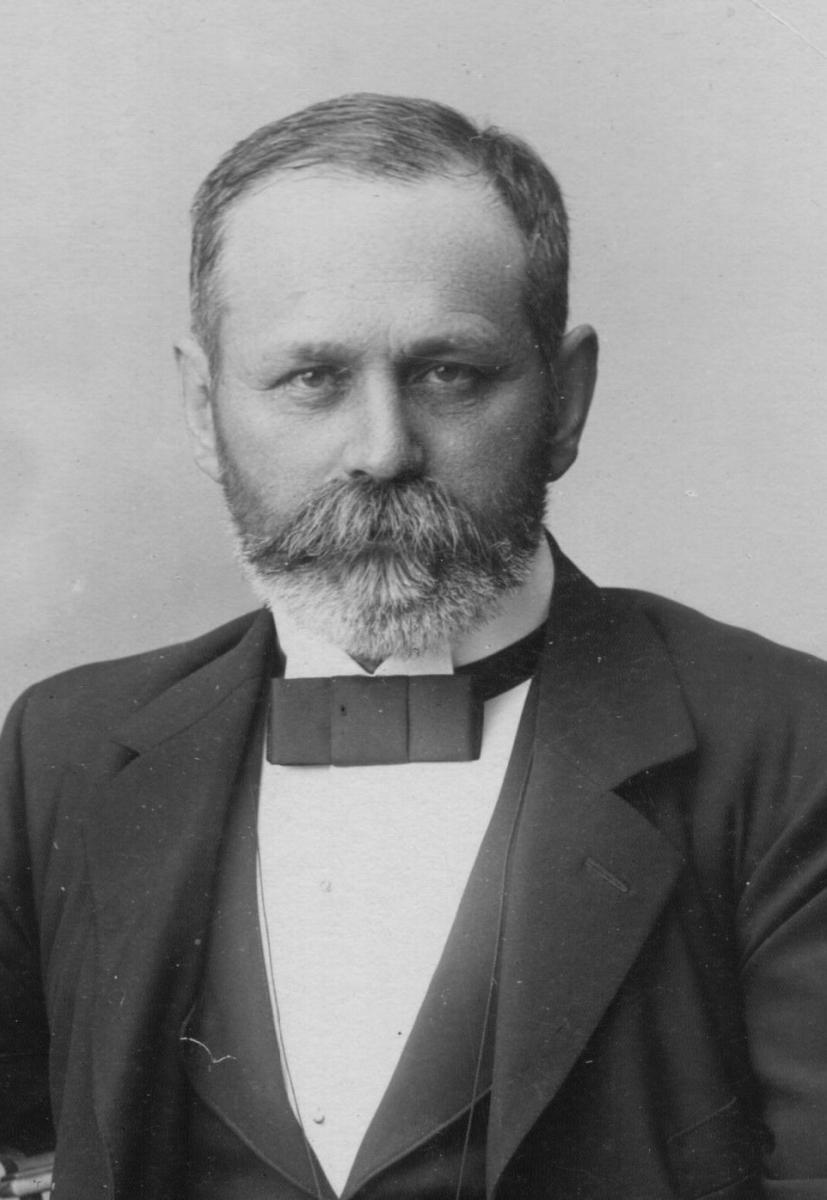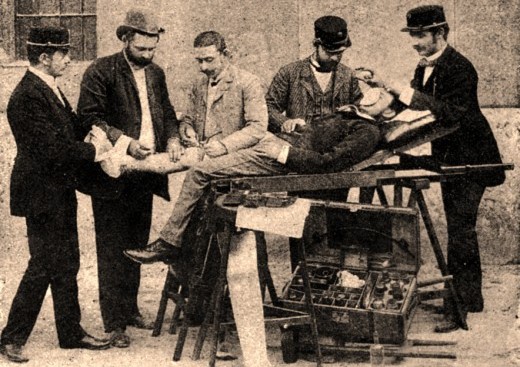
Hungary: The Kresz Géza Ambulance Museum and the National Ambulance Service / Part 1
Hungary: The National Ambulance Service (NAS) is the largest medical and ambulance institution of Hungary which have carried out rescue and patient transport duties for nearly seventy years
READ THE FIRST PART OF THE ARTICLE
Hungary: the history of the Hungarian organized ambulance system dates back to the last third of the 19th Century.
The predecessors of NAS were the Budapest Volunteer Ambulance Association, founded in 1887, and the Counties and Cities Ambulance Association, founded in 1926, which operated a nation-wide ambulance station network.
Founded with infrastructural background and knowledge gathered through generations, the new country wide competent institution, the NAS was the result of the history and developing of rescuing of the past 129 years, with one of the founding personalities being Dr. Géza Kresz.
Dr Géza Kresz and the history of ambulances in Hungary
 He was born in 1846 in Pest and he first worked as a general practitioner and later became a health officer in the 5th district of Budapest.
He was born in 1846 in Pest and he first worked as a general practitioner and later became a health officer in the 5th district of Budapest.
He was a broad-minded, educated, humanistic person who worked tirelessly for the case of ambulances in Hungary.
Dr. Géza Kresz founded the Budapest Volunteer Ambulance Unit (Budapesti Önkéntes Mentő Egyesület – BÖME) in 1887, utilizing the model that was used in Vienna by that time for a few years. In the coming years, he established the organized ambulance system, actively participating in the elimination of cholera.
The construction of the Ambulance Palace in Budapest was his initiative as well.
The building was opened in 1890.
Today, it serves as the Central Ambulance Station of Budapest.
This was one of the first buildings in Europe that was built as an ambulance station and it still serves as the headquarters of the National Ambulance.
For his merits, he was ennobled by Emperor Franz Joseph on 24 December 1900, and was given the name de Szemlőhegy (Szemlőhegyi). Dr. Géza Kresz died on 10 April 1901 and was buried in the National Graveyard in Budapest.
AMBULANCE, THE BEST STRETCHERS ON THE SPENCER BOOTH AT EMERGENCY EXPO
Hungary: the ambulance service developed further in the way of more centralized structure, built up with a kind of hierarchical form.
Accordingly, its operation is incomparable. As today, the National Ambulance Service has tripled the number of its ambulance stations, twenty-fold manpower and the number of cars has increased six times.
In order to ensure a more efficient operation, around the mid-60s the National Ambulance Service established the county rescue organizations in county seats managed by the local chief medical officers.
The director and professional administrative departments decided technical and organizational matters.
Their decisions were binding on all county rescue organizations, and arrive in the form of circulars.
Counties had competence in other local cases.
In 2005, this structure changed when the NAS formed the regional ambulance organizations, which have taken over the role of the county rescue organizations.
Officers, paramedics and local chief medical officers perform their duties in accordance with the former governing mechanism.
Read Also:
Emergency Museum / Holland, The National Museum Of Ambulance And First Aid Of Leiden
Emergency Museum / Poland, The Krakow Rescue Museum



